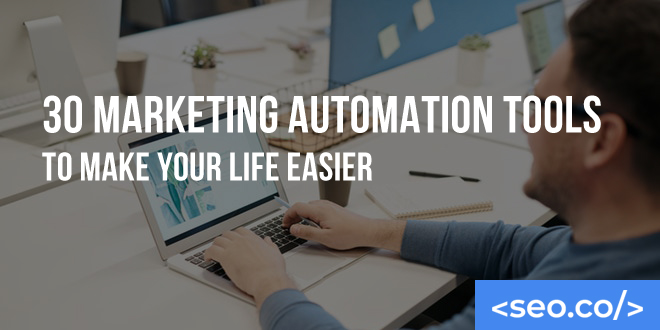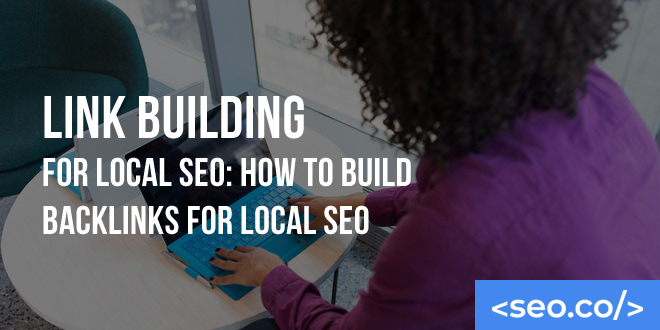
How to Build Quality Links Without Investing Heavily in Content
Quality on-site content will help you earn more quality backlinks. But what if you want backlinks, but don’t have the time or resources to invest heavily in content? For this type of link building, you’ll need to invest more heavily in relationships, rather than content. In short, free backlinks are rarely free. The highest quality backlinks will take time and resources to acquire, whether you acquire them passively (through on-site content) or actively through outreach. Below is more information about how you can get more links for your site without spending a lot of money on content. Adding links in the ways highlighted here can boost your rank in search engines just like high-quality SEO services can. Brand Mentions An effective way to collect more relevant links is by checking for other sites that mention you. There isn’t a better way to find a natural link than to link with sites that have talked about you. It’s an easy concept: You find a website that mentioned your URL or product. Of course, in the ideal world, this mention happened recently. But if you’re promoting a new brand or product, you can get away with linking an older mention. When you find a site that’s mentioned you, great! You’ve done half the work. The rest is reaching out to the owner or webmaster. You can start your outreach by telling them how much you appreciated them mentioning your brand. Then, simply ask for a link. Of course, you’ll need to use common sense to determine if you want the link. For example, did the person positively mention your site or brand? Does the site have a lot of traffic, and how many unique visitors per month? Is the link logical between your companies? To maximize your chances of turning a mention into a link, focus on building the relationship first. Then, talk about getting a link. You may even need to start with a brand mention that simply acts as an inferred link and move the relationship down the chain from there. Broken Links Building links through broken links is another excellent way to boost links without investing in content. The idea is to look for broken site links on other sites that have pages like yours. Next, reach out to the site owner, tell them about the broken link, and show how linking to your site serves their interests. There are many ways you can use the dead link strategy in your campaign to increase sit links. First, some website owners look for older, relevant resource pages and write fresh blog posts and other content. Next, you reach out to any site linking to the outdated content; tell them about how your new content is better. Another way is when a related company goes under. You can get links by looking for pages that point to the dead website. Many companies like to add links by looking for dead links and pages. Use Guest Posts Some websites don’t link to use guest posts now because it has become popular with spammers. But guest posting is still an effective way to build links for free. Finding places to get featured with a guest blog post might sound complex, but if you just make a quick Google search, you can often find dozens of websites with guest posting in your industry. Once you find a site in your niche that accepts guest posts, reach out to the site owner. Talk about how your guest post will dovetail with the purpose of their site. Play up how the post will benefit them. If you have carefully crafted your subject, so it appeals to that site owner, you should be able to snag a link. Build An Affiliate Program Making an affiliate program is another effective way to generate backlinks. If you can create customized affiliate links, you can generate many links deep on your site to product pages; this is what many SEO gurus dream of! You also can tell the website the page they should be linking to. Curate Content Content curation is a low-cost and effective way to market your company without investing in content. You simply find top-notch existing content that other sites have published and put it on your own website and social media channels – with attribution. Reposting excellent content that others have written is a great way to provide value to your followers and customers. And you don’t even have to pay for or write unique content. You can use content curation to build links because it sets you up as an authority in the business. Every time you post valuable, innovative content, your audience will start to turn to you for relevant content in that niche. They’ll begin to view you as their go-to information source. People will go to your site and social media channels for the content you offer, even if you didn’t write it. When the content has top value, you’ll notice that you are getting more links. Remember that gaining links this way takes time. Many sites need to curate content effectively for months before they see rewards. But curating quality content is an effective way to get backlinks without spending more than a few minutes on the task every day. Over months and years, curated content can get high-quality links from the start. Summary We hope we’ve illustrated here that you have many options to build links without investing as much in new content. But this doesn’t mean that you should ignore writing fresh, innovative content. If this list isn’t enough, consider our list of 77 link building strategies for SEO. Google places an extremely high value on websites that generate relevant, unique content that other users value and share with others. Getting backlinks without content would be like trying to rank without backlinks. Is it possible in today’s complex and increasingly-difficult world of search engine optimization? To a degree, maybe, but not in the long run if you want







